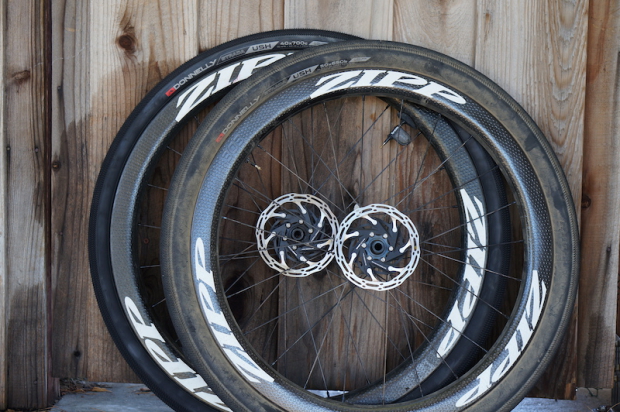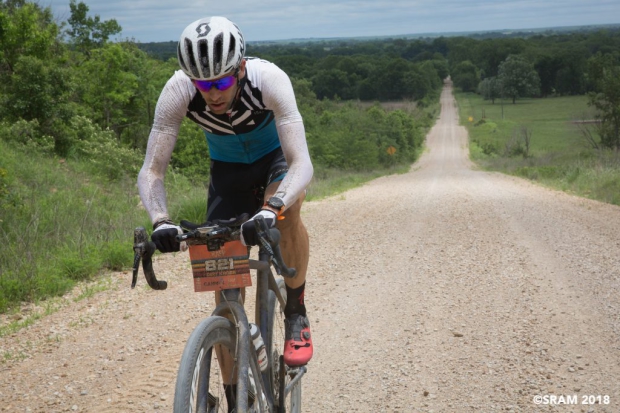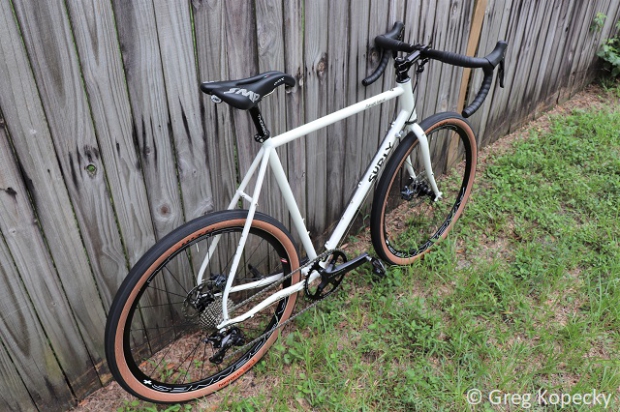Can Tires Be Too Big?
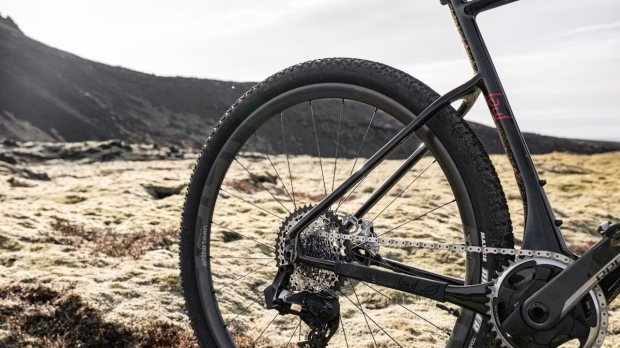
Lauf's Seigla and 3T's new Extrema both take up to 57mm tires. That's somewhere between 2.1 – 2.25" MTB tires, depending on knob height. The 3T specs Continental Race Kings in 50mm. The Lauf comes with 45mm Maxxis Ramblers. What used to be the exclusive province Rene Herse (nee Compass) tires – though they still lead the class in slicks with their 55mm Antelope Hill tire – is now the province of many. Specialized makes the Pathfinder gravel tire in a 29 x 2.1" size. You could try their fast rolling XC race tire – the Renegade in 2.2. Maxxis offers the Rambler up to 50mm widths. On their Terra gravel tires, Continental goes "only" up to 45mm width, but 3T just specs the XC Race King tire – ostensibly a MTB tire – in 50mm width. Somewhat ironically, MTB tires have also gotten bigger – Specialized specs 2.35" tires on their XC race bikes, which a decade ago would have been shod in 1.95" or 2.0" tires, meaning that it's less easy than it was to just put MTB tires on your gravel bike.
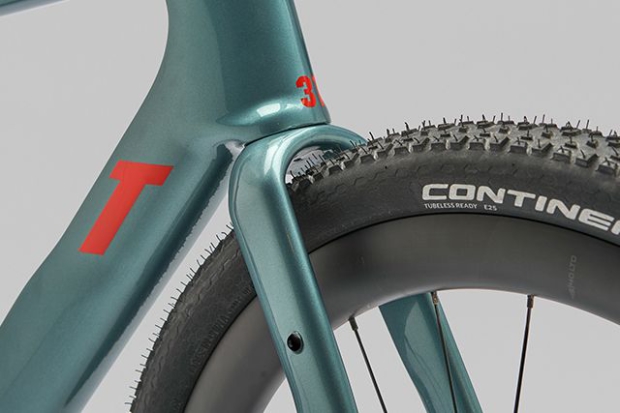
The lines between gravel bike and mountain bike have always been blurry. Or course, the distinctiveness of bikes themselves have always been pretty blurry. The first mountain bikes – Marin's own Mountain Bike Museum and website are incredible resources here – started life as wide-tired road bikes. Perhaps the most clearly defining feature of a mountain bike is the flat bar. Bar shape – more than anything else – is really the last remaining true distinction that separates bikes into unique categories. Because handlebars are contact points, and they necessarily dictate the resulting geometry. Aerobars, drop bars, and flat bars. This is what really makes bikes different. There are full-suspension gravel bikes and fully rigid mountain bikes. When exactly one becomes "better" than the other for a given course is largely determined by the control and positions afforded by each bike's handlebar.
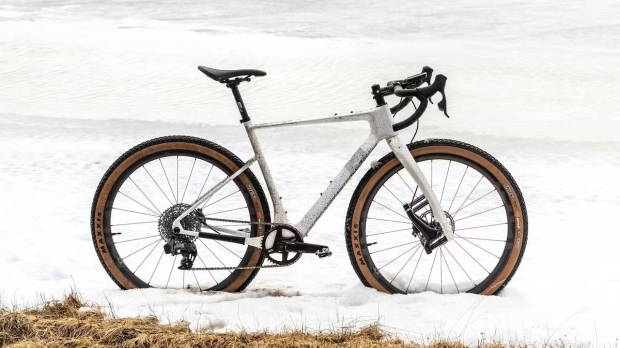
Tire size – which has a profound impact on suspension – actually helps to accentuate that positioning is the distinctive factor. On extremely rough – but mostly flat – roads (meant in the broadest possible understanding of the word), the positioning afforded by drop bars is necessarily superior. On smooth – but fairly narrow and "technical" – trails (meant in a more explicit sense of the word), the control of a flat bar is paramount. It's not surprising that Lauf – based in Iceland – has been pushing the envelope in "gravel" bike development, first with its leaf-sprung suspension fork and more recently with the massive tire clearance offered by the Seigla. Iceland is very flat. And most of the roads are washboard dirt. When I visited Iceland in 2017, I noted that most people owned two cars – a smaller electric or plug-in hybrid (electricity and hot water are both basically free in Iceland because of geothermal energy) car, and then a truck with massive balloon tires. The former is what you'd drive around town or on the perimeter road that encompasses the island. And the truck is what you take if you want to go inland. Lauf's bikes are expressly designed to tackle these inland roads. The roads are flat, wide, and rough. They are, in other words, exactly the type of roads that are best ridden on a bike with a lot of suspension – either actual suspension of some kind and/or from tires.
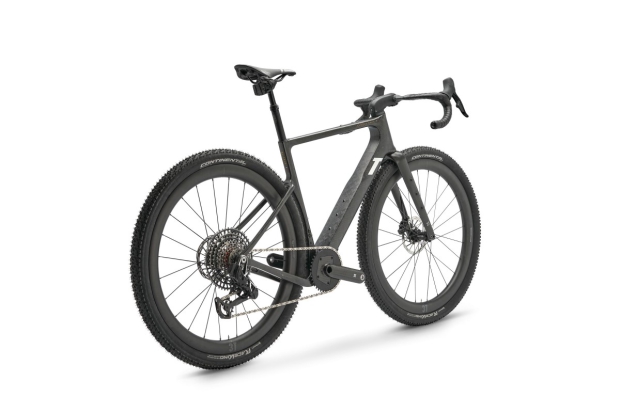
In the US, fire roads – wide enough and steep (or not-steep) enough to be navigated by a pickup truck or jeep – offer a similar calculus. There are a lot of places where the positioning of a drop bar is optimal but where a mountain bike was – previously – the "logical" choice because of the necessity of suspension and traction afforded by its larger tires. The incredible popularity of gravel bikes worldwide reveals that virtually everywhere has this type of terrain. If it's a "road," it's probably best ridden on a gravel bike.
The great thing about separating tires and positioning is that it allows better and more thoughtful discussions about what certain terrain actually requires in terms of positioning. Riders can now pick a bike that affords them the optimal position, knowing that they'll have ample suspension and traction regardless.
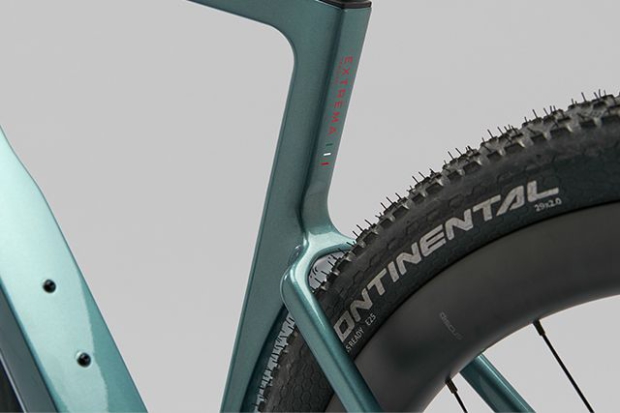
Wider tires also help to make "underbiking" a bit more accessible. I first discovered the concept of "underbiking" – which is riding terrain that is more technical than what your bike is ostensibly suited for – as I researched mountain bikes for my oldest son, who as a 6th grader has recently joined the local NICA team. The Belgian Waffle Ride in 2017 was probably my first real exposure to the idea of underbiking, and I still remember riding my road bike – a Diamondback Podium Disc with 28mm tires – on routes that I previously thought were the province of my full-suspension mountain bike. And enjoying it. Interestingly, as gravel bikes have both become more capable and people increasingly realize how capable they are, the calculus for mountain bikes seems increasingly to emphasize comfort. Underbiking can be fun. It can also leave you very sore.
But I think it's the control element that's the most compelling. Mountain bike handle bars are wider – much wider – than they were. 680-690mm bars are now considered "narrow." The cross-country bikes I bought for myself and my son come with 760mm bars stock. Ritchey's WCS bar now comes in a single 740mm width. I remember debating between their 560 and 580mm versions back when I got my first MTB. I actually found an old review comparing Ritchey's bar in those widths with the then unfathomably wide Easton EA-70 at 685mm, a width you will now unquestionably need to cut your bars down to achieve. While gravel bikes can somewhat manifest this control with flared bars, it's a secondary position, since additional control is itself a secondary requirement for a gravel bike.
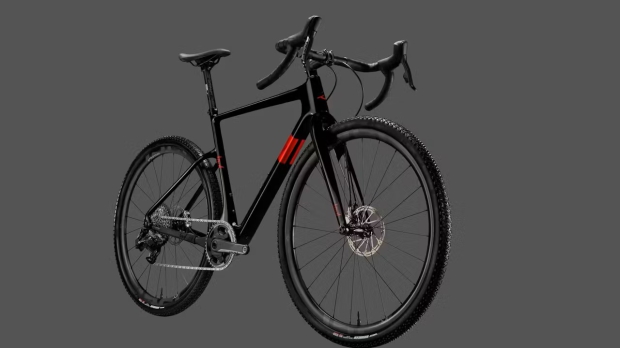
I would have said that about 45mm felt like a practical limit on tire size. I ride 47mm Pathfinder Pros in 650B on my 3T Exploro, and I never feel like I run out of tire. But I think the extra width is less about capability – you can ride Belgian Waffle on 25mm tires; it's just more fun on 30 or 32mm tires – and more about comfort. Underbiking for an hour is fun. Underbiking for a day – especially when it's not a race – is perhaps less so. Certainly there's a rush when you send a line you maybe think you shouldn't have on tires so skinny. But I certainly have found the novelty of that wears off. The main reason I run my 3T in the 47mm x 650B setup is because I find it's more forgiving than the 38mm x 700C that I had on before. There's nothing I really need the 650B setup for. But I definitely enjoy it.
3T positions the Extrema as opening up new possibilities. Its name implies that this bike allows you to ride hitherto unrideable – at least on a gravel bike – routes, especially since it chose to equip the bike with mountain bike tires. Lauf, on the other hand, simply presents big tires as an option. The Seigla can fit 57mm tires, but it comes with 45mm gravel tires. I prefer the Lauf narrative, because I think the jump from mid/high-40mm widths to mid/high-50mm widths just isn't that meaningful in terms of what you *can* ride. I think it has a lot more of an impact on what you might *want* to ride. I don't think I'd choose to take my bike on anything more "extreme" as a result of wider tires. But I might ride faster, further, and feel less beat up the next day.
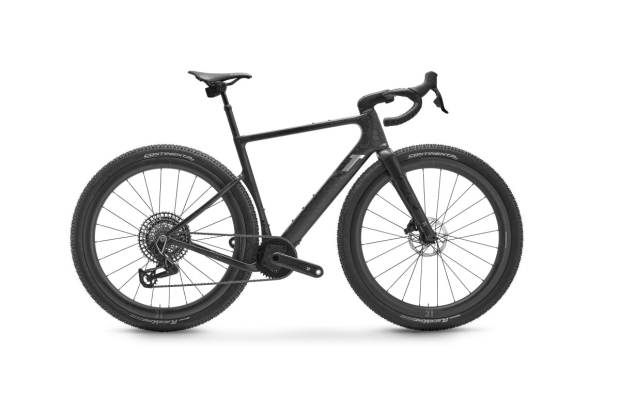
Both 3T and Lauf continue to be among the most innovative companies in cycling today. Lauf's recently launched road bike – the Uthald – looks like a wonderful bike that – as with all their bikes – is available at an astonishingly good price for the quality. 3T still makes – and continues to improve – their Strada road bike. Both bikes emphasize the benefits of wider tires and aerodynamics. Drawing on their founders roots as prosthetics designers – and drawing from the innovations in their carbon-leaf-spring suspension forks, the Uthald's story is – as with all Lauf bikes – one of compliance. While it's a fully rigid frame, the carbon has been designed to offer about 15mm of compliance, which they equate to a 23mm tire. That's on top of the generous compliance of the 30 or 32mm tires you'll almost certainly run. Compliance is the story of Lauf, and having been inland in Iceland, on those washboard roads, it's easy to see why. 3T stays true to current co-owner (and really co-founder of 3T as it exists today) Gerard Vroomen's roots as pioneer in cycling aerodynamics. All 3T bikes – even the Extrema – emphasize the importance and value of aerodynamic optimization. These strong narrative threads – compliance for Lauf and aerodynamics for 3T – are a big part of why I believe they continue to be so innovative. They have a solid foundation philosophically from which to iterate. While those foundations are quite different, it's not surprising that they lead the industry in pushing the design envelope on tire size on drop-bar bikes.
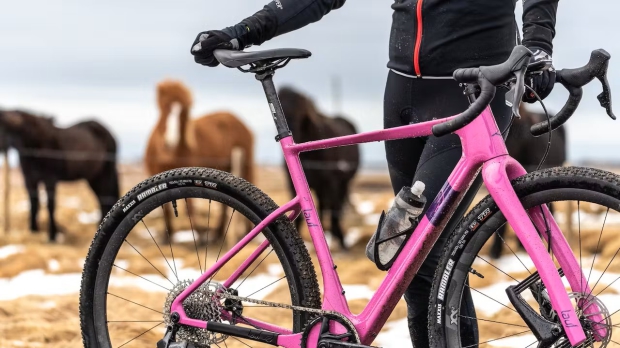
Are tires that wide necessary? I don't know. But I think having the option allows a focus on positioning that's unquestionably a good thing. What position do you want to ride? What tires do you need to ride that position comfortably? Being able to answer those questions separately is remarkable. And I think it's the gift of that choice that is these companies greatest innovation.
All Lauf images provided by and copyright of Lauf. All 3T images provided by and copyright of 3T.


